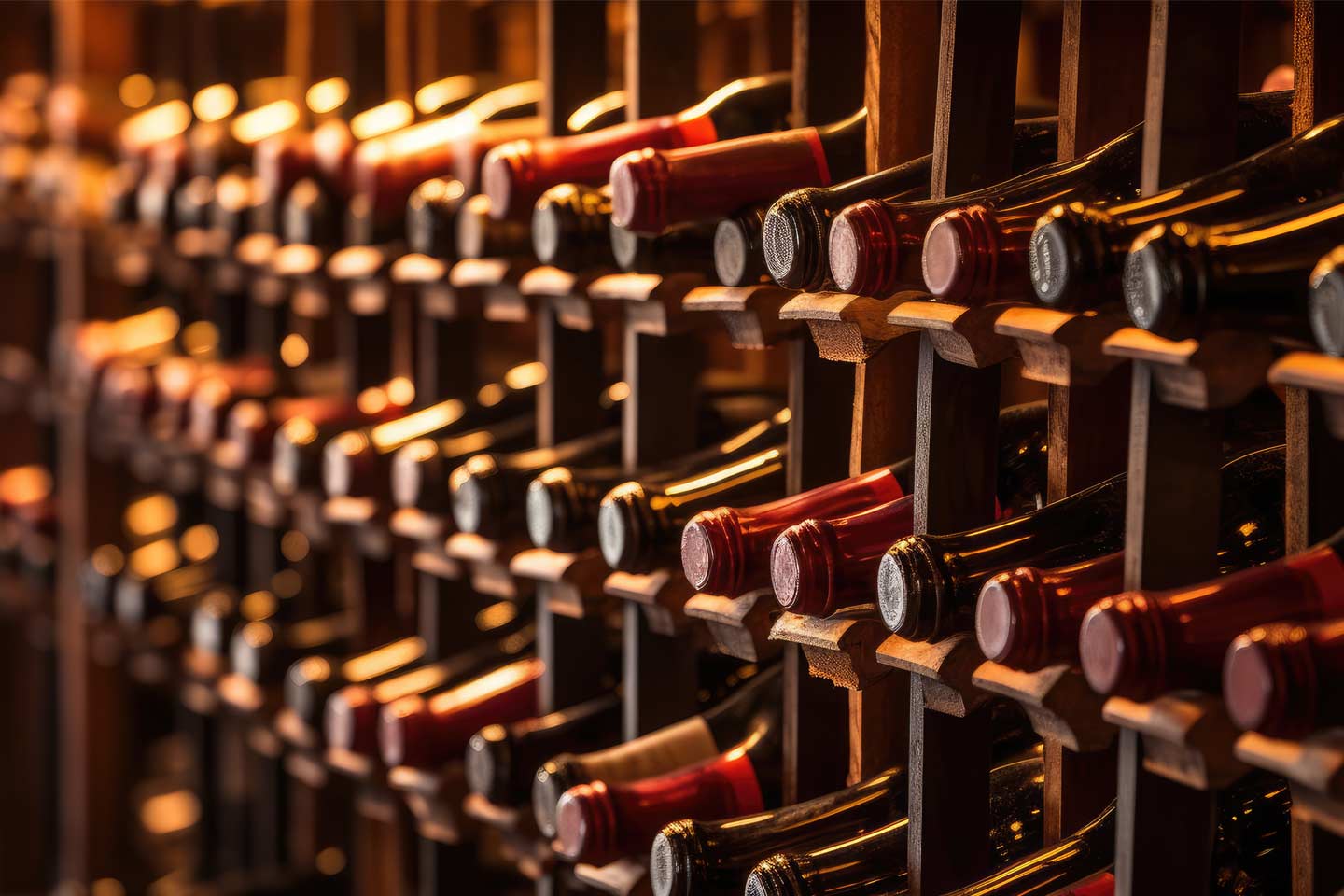Pop the bubbly at 35,000 feet and you could be looking at a not-so enjoyable glass of champagne! Wine tastes very differently at altitude than it does down on dry land. The combination of lower pressure and lower humidity inside an airplane cabin accentuates wine’s acidity and alcohol.
A refreshing wine at sea level suddenly tastes a bit “off” when sipped in the air. Before blaming the airline, let's looks at what happens in our bodies.
Altitudes: Changing taste buds
When we fly, our bodies adapt to the atmospheric pressure surrounding us, and this goes for our taste buds too. Our sense of taste decreases by about 30% when we are at higher altitudes, reports the BBC. It’s the same reason airline food is notorious for tasting so poorly. Contrary to what you may feel when dining on airplane food, the airline is not intentionally serving you a bland meal. Rather, the combination of cabin dryness and lower pressure diminishes taste bud sensitivity to sweet and salty foods.
The problem isn’t limited to our taste buds. Nearly 80 percent of what we think of our “taste” experience is actually smell. Evaporating nasal mucus is key to our sense of smell and our experience of how a food or drink tastes. (That’s one reason why foods and drinks often lose their taste when we have a cold.) The parched cabin air makes it harder for our nasal passageways to pick up the smell of our food. When combined with our diminished sensitivity to sweet and salty tastes, it’s no wonder that foods – and wines – aren’t nearly as enjoyable up in the air as they are on the ground.
Best wines for airplanes
Airlines combat our changing taste buds by pumping up the seasonings they use in foods, kicking meals up a notch with extra spices and bolder flavors. The same approach can work well for wine too. Since altitude dulls a wine’s aroma and our olfactory appreciation capabilities, softer fruit flavors and citrus notes are reduced. Younger wines with more pronounced tannins may also seem “harder”, reports the Wall Street Journal.
Qantas has been recognized multiple times by the “Cellars in the Skys” awards for having the best collection of airline wine. The airline’s wine panel meets several times a year to taste hundreds of different wines and ensure Qantas’ selection meets stringent criteria. Even if you’re not flying first class on Qantas, you can still enjoy fine wines on your flight, as long as you choose wisely. Keep the following in mind:
- Opt for bigger styles on planes: In a recent interview with Food & Wine, Peter Gago of Penfolds cautions that the “more subtle, aperitif-y styles” that are popular on ground level will lose too much of their body at altitude.
- Watch out for acidity: Choose wines like a Shiraz, Merlot, Chardonnay or Viognier that are bigger, riper and more expressive but with lower acidity levels.
- Skip the bubbly: According to Sensory Food Scientist Margaret Everitt: “irrespective of the individual champagne, the overall aroma will lessen and become softer with altitude.” Larger bubbles at altitude also adhere to the side of the glass, rather than giving off the steady stream of finer bubbles that are the mark of a quality glass of champagne.
Can’t bear to skip that glass of bubbly? Then clink those glasses early in the flight before the atmosphere changes and dryer cabin have put your taste buds to sleep. Cheers!





